
AeroGenie — あなたのインテリジェントな副操縦士。
現在のトレンド
Categories
The Importance of Cockpit Ergonomics
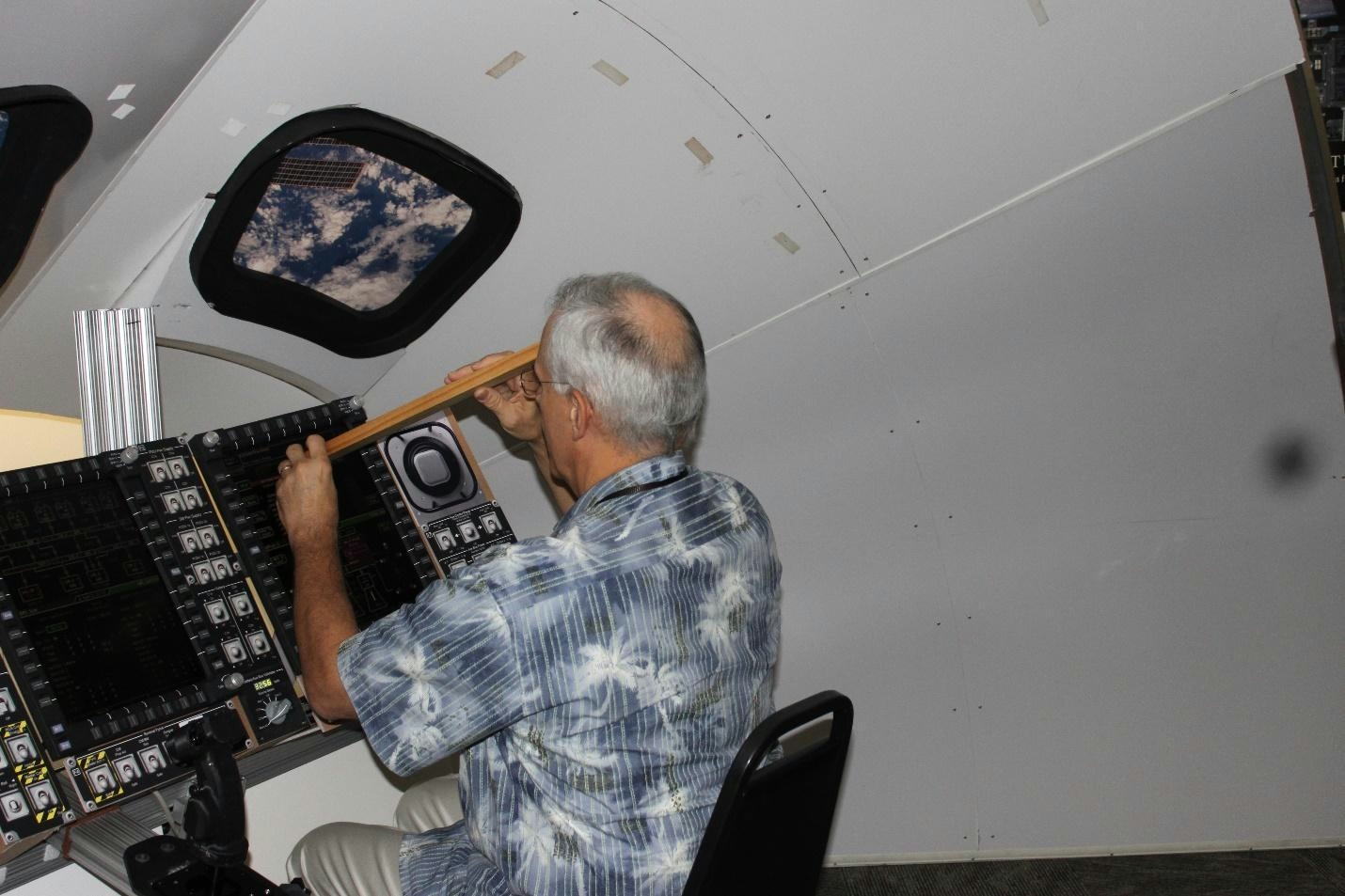
The Importance of Cockpit Ergonomics
US National Transportation Safety Board (NTSB) Chair Jennifer Homendy has cautioned against premature conclusions regarding the cause of the Air India flight AI 171 crash, which some US media outlets have attributed to deliberate pilot action. Homendy emphasized that the investigation remains ongoing, noting that India’s Aircraft Accident Investigation Bureau (AAIB) recently released only a preliminary report. Such complex investigations require considerable time to reach definitive findings. The preliminary report revealed that the Boeing 787’s fuel control switches transitioned from “RUN” to “CUTOFF” shortly after takeoff, a detail that has fueled speculation about pilot involvement. These switches are intentionally designed with bracket and stop lock mechanisms to prevent accidental activation, further complicating assumptions about the cause.
This incident has reignited discussion on the critical role of cockpit ergonomics—the discipline concerned with designing cockpit environments and interfaces to optimize pilot performance and safety. Every aspect of cockpit design, from control placement to seating arrangements, is meticulously engineered to reduce errors and enhance operational efficiency.
Understanding Cockpit Ergonomics
Ergonomics, often referred to as “human factors,” is defined by the International Ergonomics Association as the study of interactions between humans and other system elements, with the goal of improving both human well-being and overall system performance. The term originates from the Greek words ergon (work) and nomos (laws), underscoring its foundation as the “science of work.” In aviation, ergonomics seeks to minimize both the physical and cognitive demands placed on pilots, thereby making aircraft operation safer and more manageable.
Evolution of Ergonomics in Aviation
Historically, early aircraft designs frequently neglected ergonomic principles. Although the US National Advisory Committee for Aeronautics recognized as early as 1921 the importance of instruments that allowed “the easiest possible reading and manipulation,” these considerations were not consistently integrated into cockpit layouts. In 1924, French aviator Félix Devaluez attributed many crashes to “pilot error” and advocated for improved training and technical examinations rather than design modifications.
A significant shift occurred approaching World War II, when aviation psychology units in Britain and the United States began to treat pilot error as a design issue rather than solely a matter of personnel or training. As noted by Professor Steven J. Landry in the Handbook of Human Factors and Ergonomics (2021), this marked a pivotal moment in aviation safety. In 1951, US Air Force Lieutenant Colonel Paul Fitts edited a seminal report that identified key human factor challenges and underscored the necessity of cockpit designs that accommodate human limitations.
Current Challenges and Industry Response
Contemporary cockpit ergonomics faces evolving challenges as technological advancements introduce increasingly complex control systems. Ensuring these systems remain intuitive and reduce pilot workload is a central concern. The aerospace industry is responding with heightened demand for advanced, integrated control solutions. Companies such as BAE Systems are developing proprietary systems that offer enhanced ergonomic benefits, including fully integrated controls designed to streamline pilot interaction.
Regulatory agencies are also adapting to these changes. The European Union Aviation Safety Agency (EASA), for instance, is exploring innovative concepts like single-lever thrust control, which could redefine industry standards and influence pilot training methodologies. These developments underscore the enduring importance of ergonomics in advancing aviation safety.
As investigations into incidents like AI 171 proceed, the renewed focus on cockpit ergonomics highlights the essential role of design in preventing errors and supporting pilot performance.

Cabin Interior Delays Continue to Affect Jet Deliveries
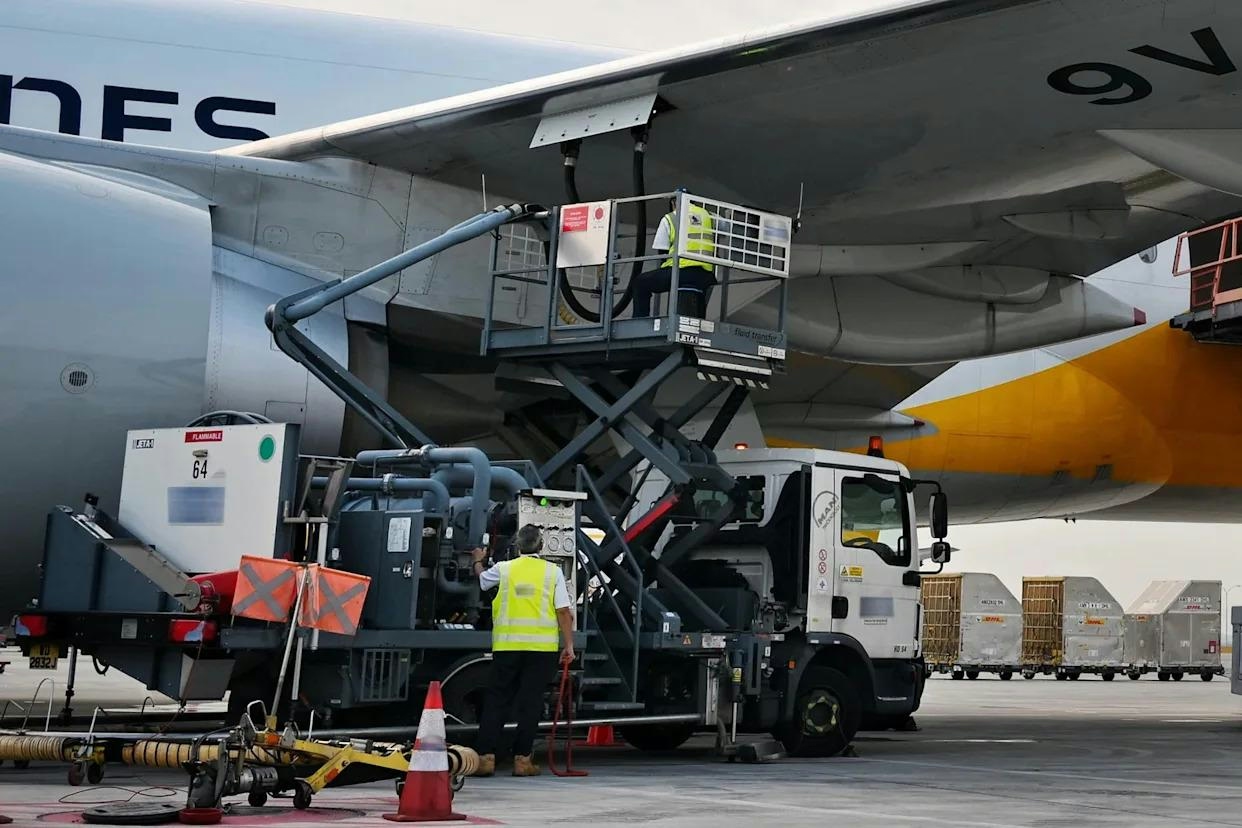
India Faces Fuel and Financing Challenges in Competing with Dubai and Singapore's Aviation Sectors
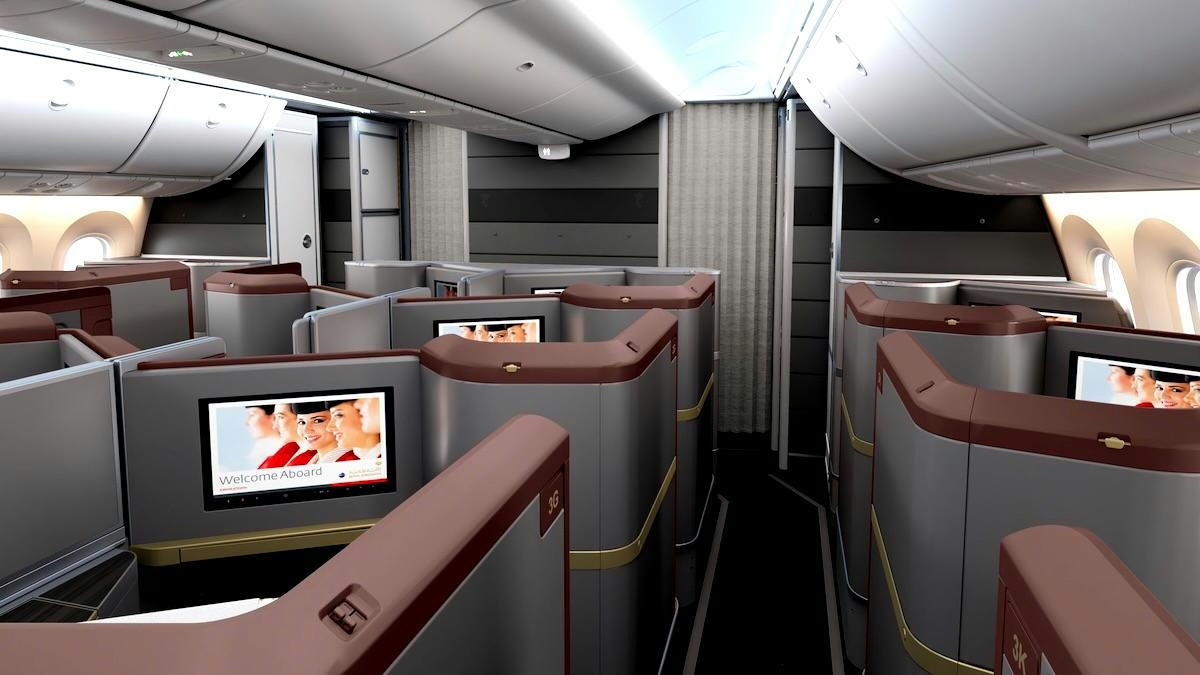
Royal Jordanian to Refurbish Boeing 787-8 Fleet
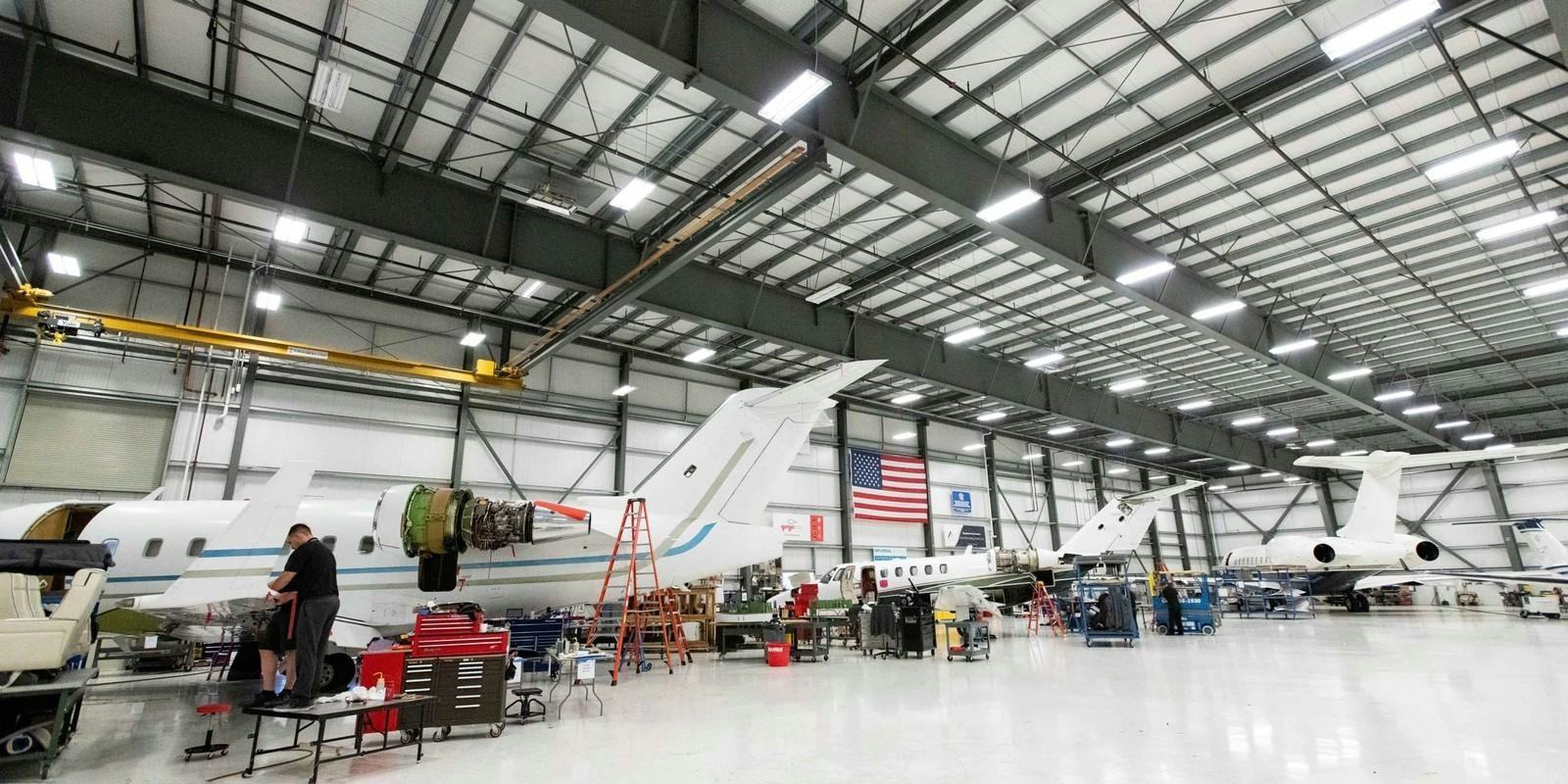
Expert Calls for Policy Reform to Boost Local MRO Investment and Reduce $1 Billion Maintenance Costs
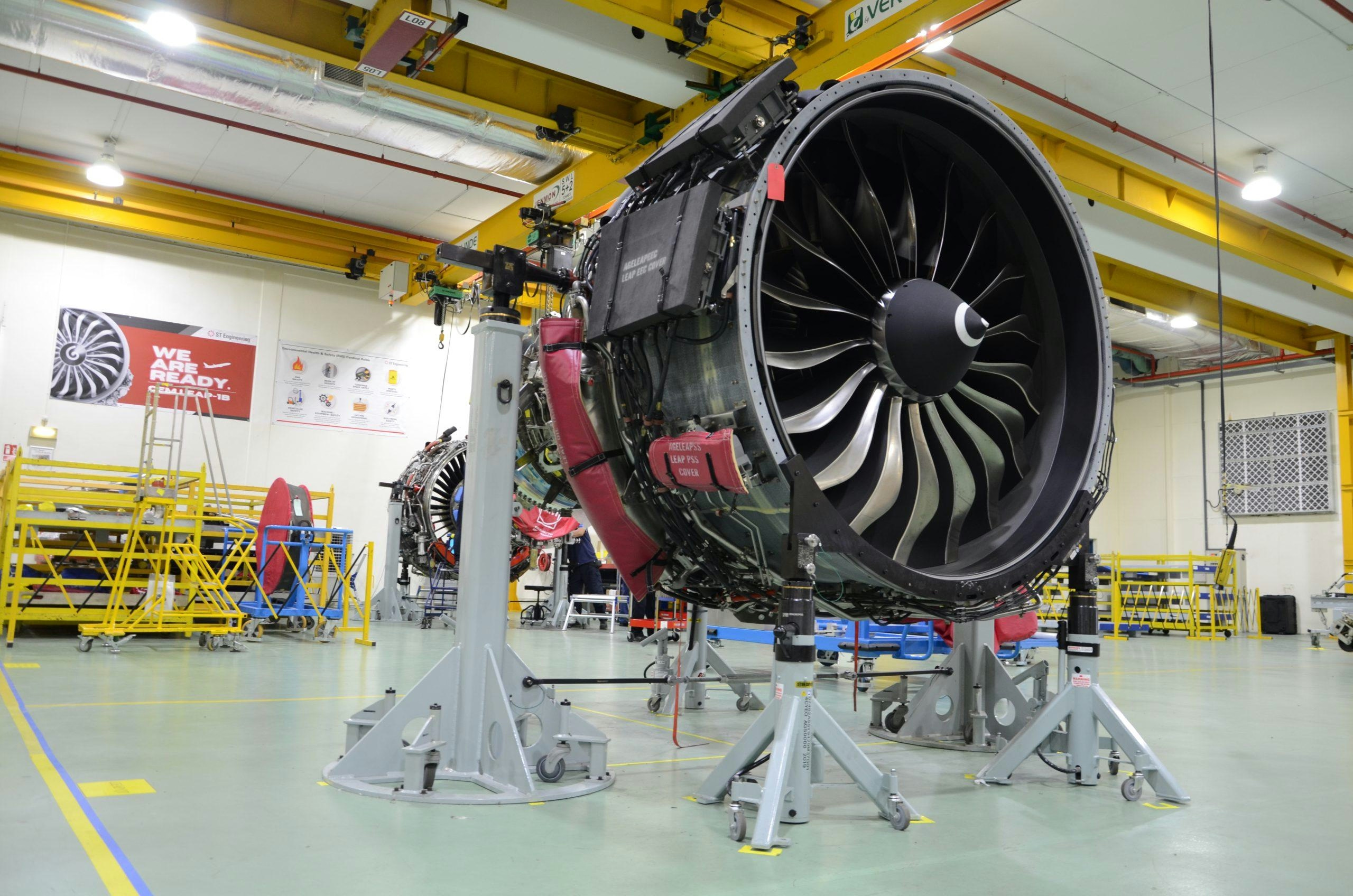
MRO Update: October 21, 2025
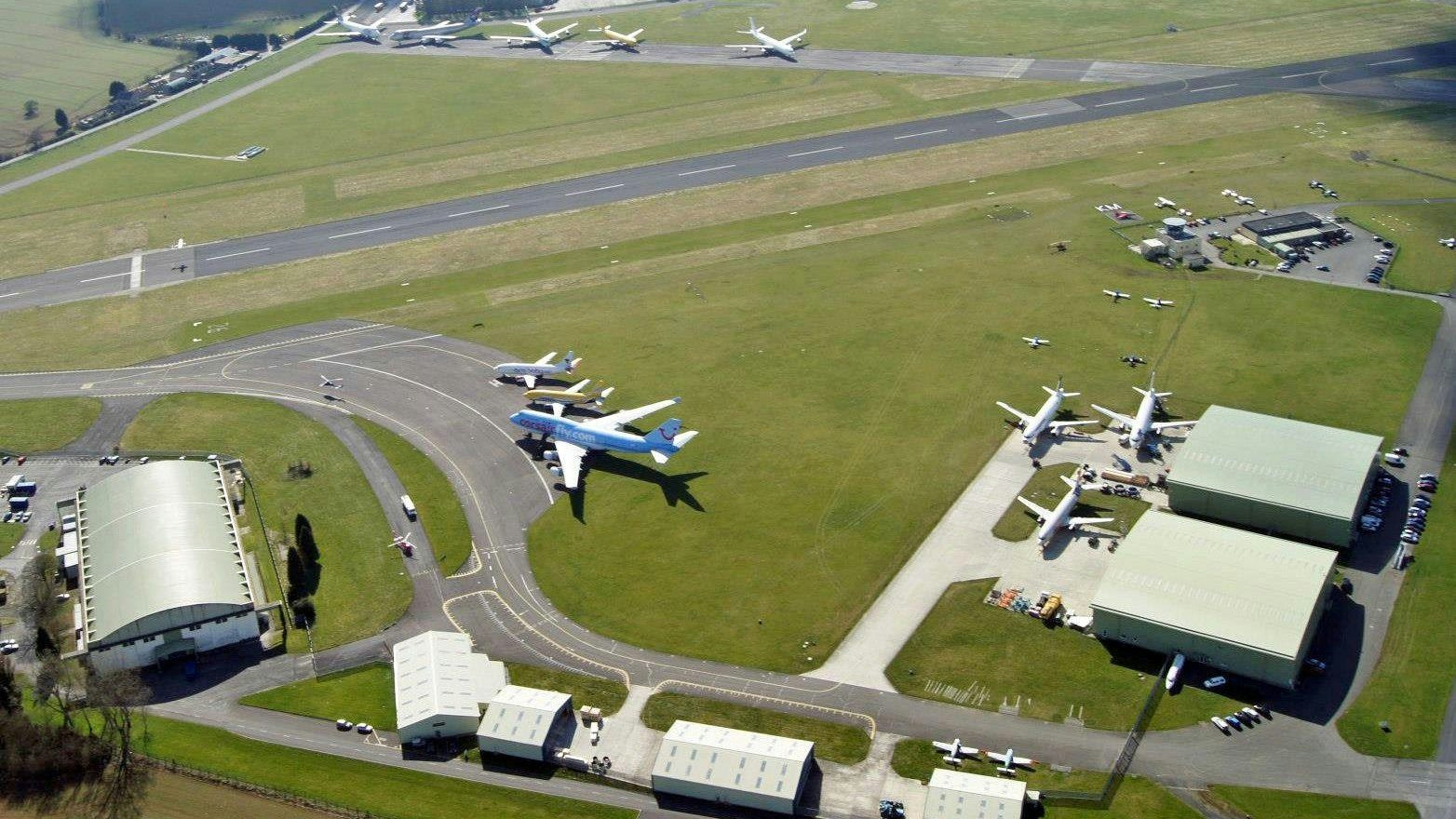
Young Aircraft Retired Early for Engine Salvage
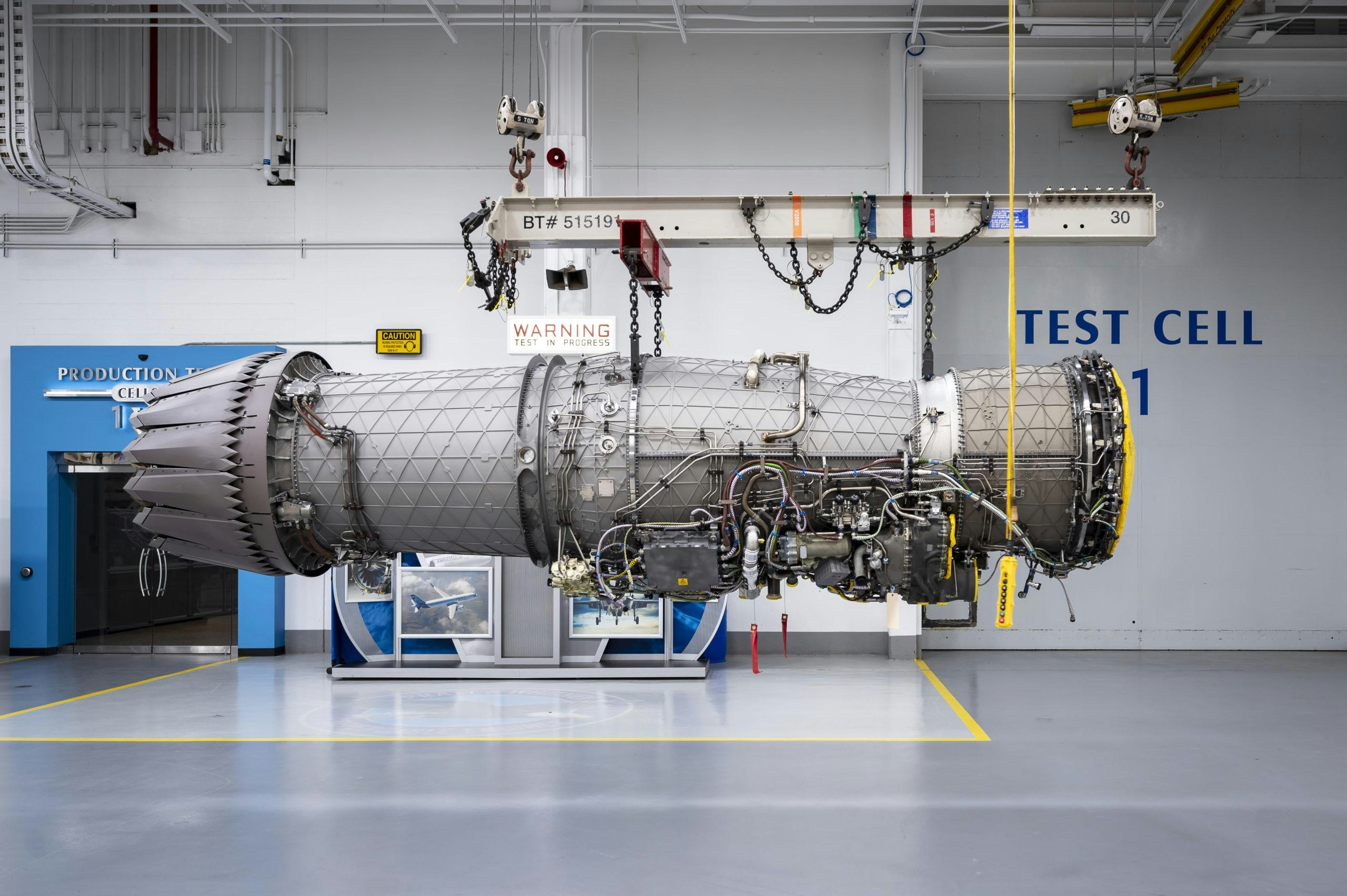
Data Centers Adopt Aviation Engines for Power Generation
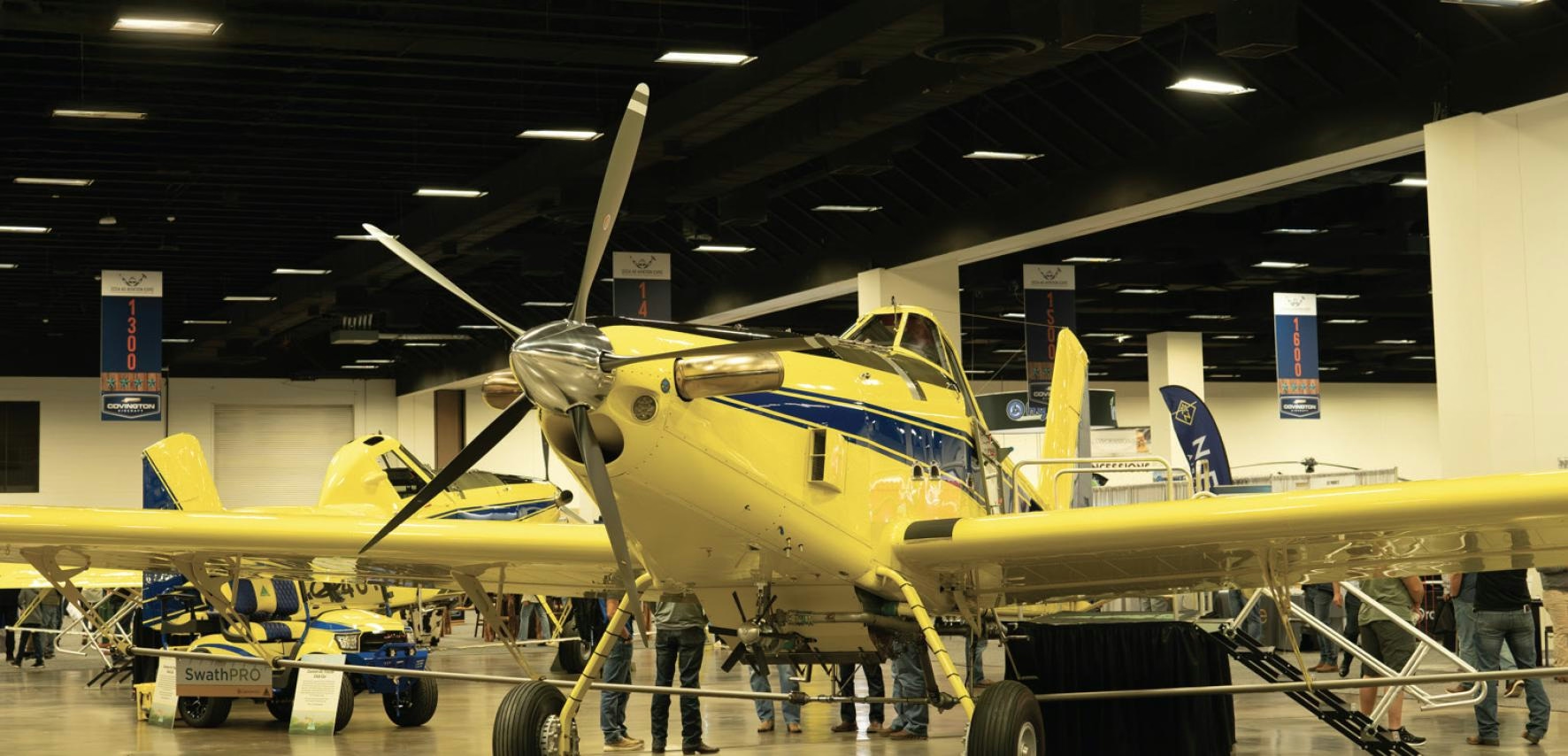
Turbine Conversions Ltd. Marks 35 Years in Ag Aviation and 25 Years of Single Point Fueling
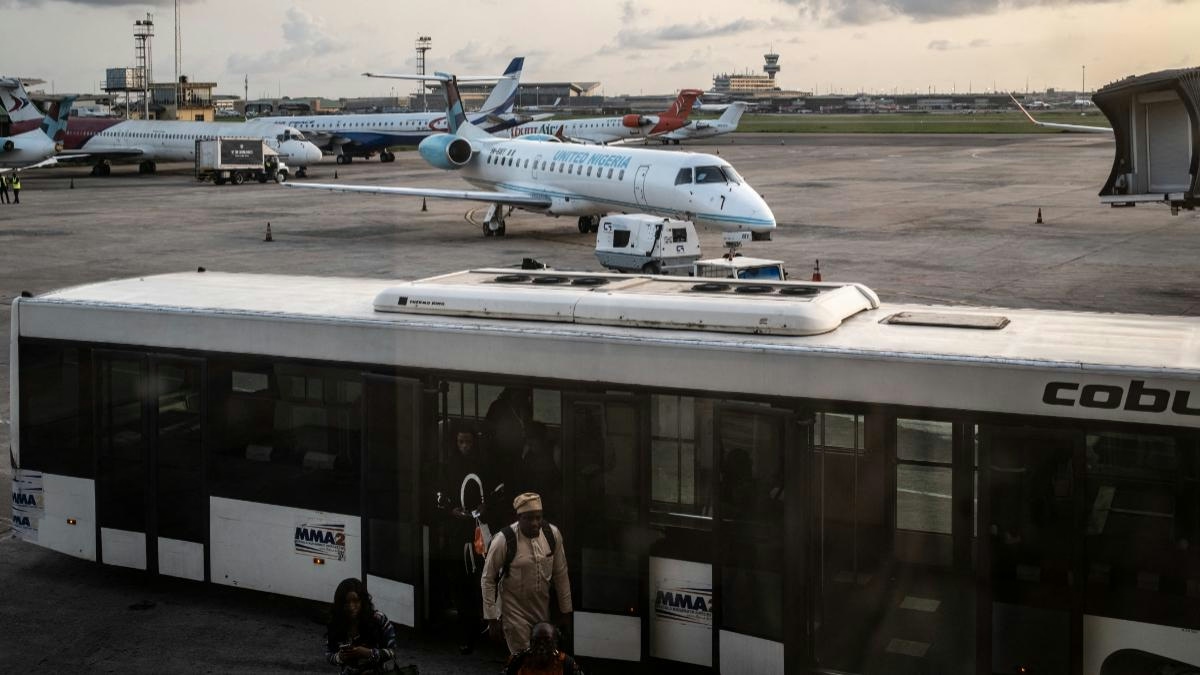
Brazilian, Chinese, and UK Airlines Target Nigerian Domestic Market for Expansion
